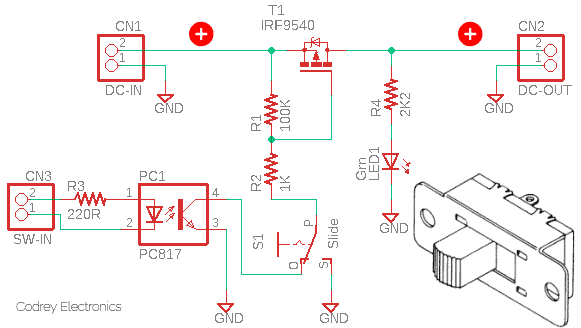MOSFET Load Switch Reference Design: A Simple Solution for Electronics Projects

As an electronics hobbyist or engineer, you’ve likely encountered a situation where you need to switch power to a load (like an LED or motor) on and off efficiently. Using a MOSFET load switch is one of the most effective solutions, offering low resistance and high switching speed. But how do you choose the right design for your project?
The Problem :
When designing power circuits, inefficient switching can lead to heat buildup or wasted energy. This is common in circuits where you switch large currents through mechanical relays or poor-quality transistors. Without proper MOSFET load switching, power loss can affect the performance of your project.
The Solution :
A MOSFET load switch can control the power to your load while minimizing loss and ensuring smooth operation. It works by using a MOSFET to switch the load’s connection to ground or Vcc, offering a fast, energy-efficient way to handle power switching.
Practical Example :
Imagine you’re building a solar-powered LED light system. If the circuit switches on a high-power LED without proper control, the load can quickly drain your battery. By using a MOSFET as a load switch, you can ensure efficient switching, preventing battery drain and increasing the overall lifespan of the system.
Sample Calculation :
Assume the MOSFET has a drain-source resistance (Rds(on)) of 0.02 ohms.
If the current through the load is 1A, the power loss is calculated as:
P=I2×R=12×0.02=0.02W
This minimal power loss shows how efficient MOSFET switches can be for your projects.
Components Suggestion :
Ready to build your own MOSFET load switch circuit? Check out high-quality, Made in India components like MOSFET for your next prototype. Shop now at SmartXProKits and start building your project today. Support our work and India’s innovation—buy from our Make in India site!




















